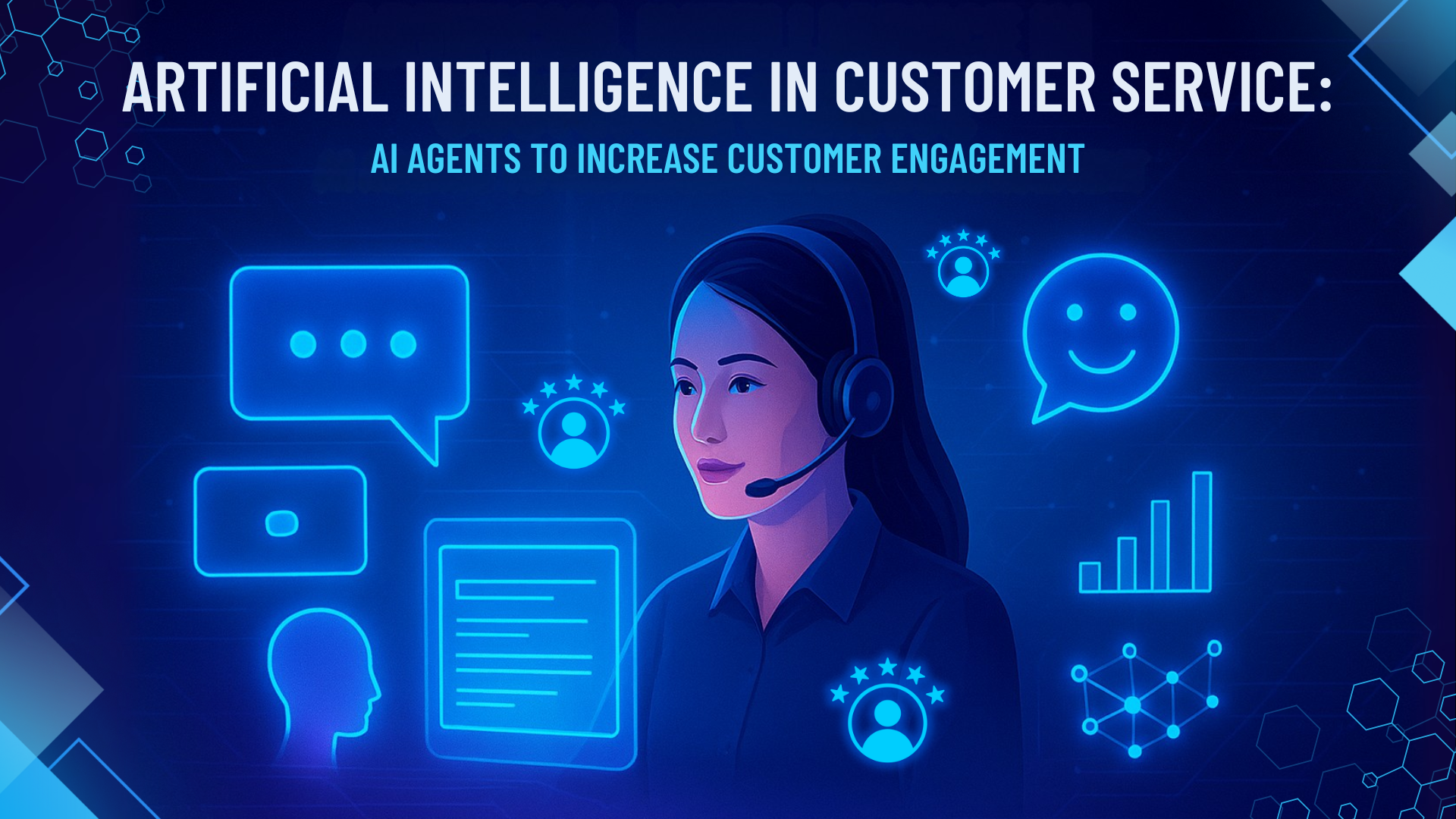Introduction
In data visualization and business intelligence, Tableau and Power BI are two of the most prominent tools available. Both offer powerful features for data analysis, but they cater to different needs and preferences. In this blog post, we’ll delve into the key differences between Tableau and Power BI to help you figure out which tool is best suited for your needs.
What is Tableau?
Tableau is an analytics platform that helps users see and understand their data visually. It can create interactive and shareable dashboards, making it easier to uncover insights and helps people and organizations use their data to solve problems effectively.
Key Features of Tableau:
- Advanced Visualizations:
- Offers a wide range of visualization options including tree maps, waterfall charts, motion charts, crosstab charts, bubble charts, bump charts, and box plots.
- Enables users to create customized and detailed visualizations suited for complex data analysis.
- Ease of Use:
- Tableau’s intuitive user interface provides a drag-and-drop feature, making it easy for users to build visualizations without needing extensive technical knowledge.
- However, it requires technical expertise to leverage its advanced functionalities fully.
- Data Connectivity:
- Connects to various data sources including Excel, CSV, JSON, relational databases, and NoSQL databases.
- It also supports data integration from the Tableau server.
- Real-Time Analytics:
- Allows analysis of live data sources by using a combination of effective data connectivity and visualization techniques.
- Enables users to make prompt decisions based on the latest information and real-time data.
- Collaboration:
- Tableau’s features such as built-in commenting and annotation allow team members to leave feedback, ask questions, or provide suggestions directly on visualizations or dashboards fosters collaboration.
- Putting all the data in a cloud where different team members can access it also enables collective data analysis and sharing of insights across the organization.
What is Power BI?
Like Tableau, Power BI is also a business analytics tool that converts varied data sources into coherent and actionable insights, which are presented in visually immersive and interactive dashboards. Developed by Microsoft, it is designed to be user-friendly and integrates smoothly with other Microsoft products, making it a popular choice for organizations already using the Microsoft ecosystem.
Key Features of Power BI
- Integration with Microsoft Products:
- Power BI integrates well with other Microsoft tools. For instance, its cloud computing services platform Azure can complement Power BI’s capabilities in data storage, processing, and advanced analytics.
- Office 365’s SharePoint, Teams, and Excel, also blend smoothly with Power BI augmenting BI report accessibility and paving the way for collaboration.
- Cost-Effective:
- Power BI offers a free version with basic features, making it accessible for small businesses and individuals.
- The Pro and Premium versions provide added features at a competitive price.
- Ease of Use:
- Similar to Tableau, Power BI has a user-friendly interface that allows users to create visualizations with ease.
- This, in addition to the extensive resources Microsoft provides—including step-by-step guides and video tutorials—help understanding and mastering Power BI. Its seamless integration with other Microsoft tools lets users use their existing skills.
- AI-Powered Insights:
- Microsoft’s Azure Machine Learning offers a strong platform for creating, training, and deploying machine learning models which can be integrated in Power BI services without requiring machine learning expertise.
- Forecasting, anomaly detection and sentiment analysis are just some of the AI powered features that make working with data extremely easy in Power BI.
Key Differences Between Tableau and Power BI
| Feature | Tableau | Power BI |
|---|---|---|
| User Interface | Intuitive but requires expertise for advanced features | User-friendly, especially for Microsoft users |
| Pricing | Higher cost | Cost-effective with a free version |
| Integration | Connects with multiple third-party applications | Best suited for Microsoft ecosystem |
| Customization | Advanced visualization and flexibility | Limited customization compared to Tableau |
| Community & Support | Strong user community | Backed by Microsoft’s support network |
Another Alternative: Qlik Sense
If you’re exploring alternatives beyond Tableau vs Power BI, consider Qlik Sense, known for its associative data modeling.
Why Consider Qlik Sense?
- Associative Model: Helps explore hidden relationships in data beyond traditional query-based platforms.
- Robust Data Blending: Ideal for businesses handling multiple data sources.
- Customization: Requires coding knowledge for advanced visualizations.
- Pricing: Uses a per-user licensing model, making it suitable for small businesses but requiring adjustments for larger enterprises.
Tableau vs Power BI: Which One Should You Choose?
Look for the best business fit
As must be evident by now, both Tableau and Power BI are powerful tools for data visualization and business intelligence. Tableau is ideal for organizations with small teams requiring advanced visualization capabilities and are willing to invest in a premium tool. Power BI has a wider application with its cost-effective pricing and seamless integration with Microsoft products, making it ideal for organizations looking to work within existing ecosystems and licenses.
If you need more business insights or are confused about your business, don’t hesitate to connect with us—we provide innovative consulting to help you make the right decisions.





